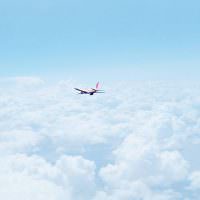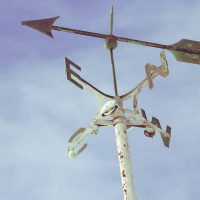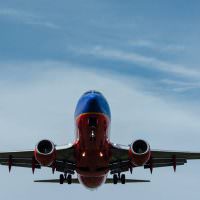How dangerous is a bird strike for an airplane? What will happen to the plane? Will we be safe?
Ever since the world was introduced to “Sully” Sullenberger, some passengers have been wondering what danger birds pose to their flight. How much damage could a bird or several birds do to an airplane? Just how likely is it that a bird strike could bring down an airliner? As an airline pilot who operates many flights each week all across the US, I can assure you that encountering a large flock of birds that could cause damage similar to the “Miracle on the Hudson” flight is EXTREMELY unlikely.
There are literally tens of thousands of airline flights in the US each day. That amounts to millions of flights each year. So, we are talking about a single plane losing both engines due to a bird strike only once during the course of almost a billion flights over half a century. However, it is important to remember that even in that one incredibly rare case, everyone was able to walk away. The plane remained controllable, becoming a glider that remained intact and was still able to land safely. While a “water landing” isn’t the ideal choice, this incident still proved that it is a viable option.
Bird strikes themselves are most common near airports. They typically occur during takeoff or landing when the plane is at a lower altitude, where most birds fly. As a result, all airliners are designed to minimize the potential impact of bird strikes. Manufacturers are required to test and certify that planes can continue flying after impacting a large, four-pound bird. It should be noted that the average pigeon weighs about one pound.
…all airliners are designed to minimize the potential impact of bird strikes.
So, while some damage to the plane is possible, it will for the most part be very minor and have virtually ZERO impact the plane’s ability to continue flying. Critical systems and parts like the wings, engines, and windshields are all designed and constructed so that they can withstand the impact of a large bird or even several birds. In the case of Captain Sullenberger’s flight, it was a perfect storm of unlikely conditions that came together that fateful day. Because it was an enormous flock of unusually large birds, the plane sustained more damage. Fortunately, today’s airliners are so strong and well designed, that even this highly improbable scenario was not severe enough to completely disable the plane.
Passengers should also know that, as a precaution, most airports do utilize a variety of systems to keep birds away. These come in the form of mechanical devices, lights, and even predatory animals. Together, these tactics help to greatly reduce the threat of birds during the takeoff and landing phases at most airports. As an airline pilot I can tell you that even in that rare instance when a bird comes into contact with the plane, the evidence of the event that will be found during the inspection is incredibly small. Typically, the only proof that a bird strike occurred is a tiny patch of blood or feathers on the outside of the plane. To put it in perspective, it’s akin to the mark that would be left from throwing a small grape at your car. There’s no dent or real damage, only a little streak that’s barely visible if you look closely.
Ultimately, bird strikes are very infrequent and rarely cause any real damage to airplanes. Even if a bird does come into contact with your plane, it’s not going to do much, if anything. Birds pose a far greater threat to your car’s paint job than they do to a commercial airliner.






